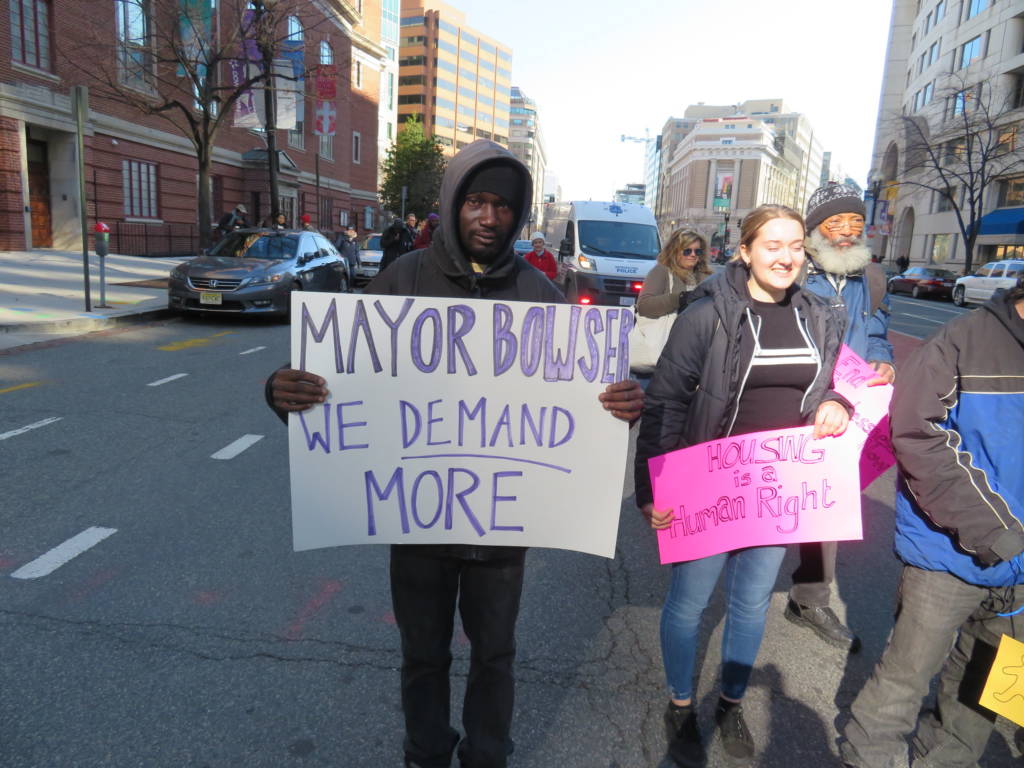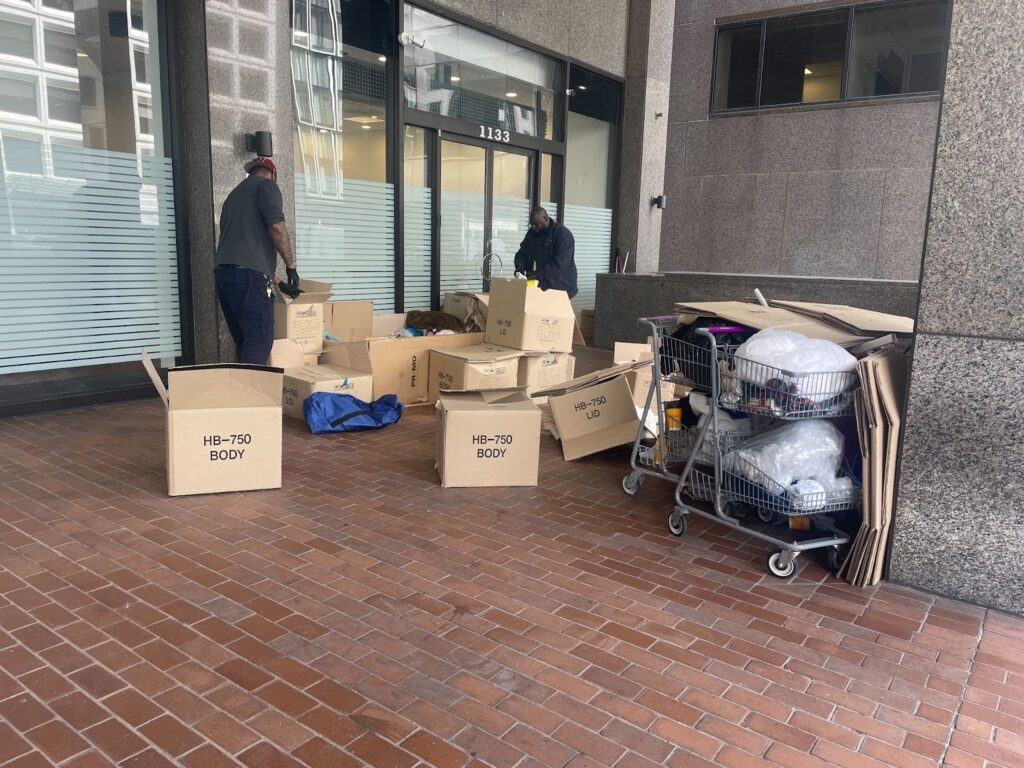On May 1, the District of Columbia released the results of its annual Point-in-Time, or PIT, count. The count, required by the Department of Housing and Urban Development, was conducted on Jan. 23 and found that 6,521 people were experiencing homelessness in the District on that night — a 6 percent decrease from 2018 numbers. Mayor Muriel Bowser’s office said the count reflected “tremendous progress” by the city in the years since the implementation of her Homeward D.C. plan in 2016.
But these data, or any data from Point-in-Time counts, must be taken with a grain of salt. According to the National Law Center on Homelessness and Poverty, the methodology of the count, which involves volunteers walking through the city to identify people sleeping outdoors and in shelters, leads to a systematic undercount of the homeless population. Street Sense Media vendor Reggie Black participated in this year’s count and noted that “there are some segments [of people experiencing homelessness] that [the PIT count] does not reach.”

PIT counts fail to capture people who sleep in hidden locations outdoors, live “doubled up” or are in jails and hospitals — but expanded counts can paint a more accurate picture of the state of homelessness in the city. The Department of Education includes people who are living “doubled up” — staying with friends or family out of economic necessity — in their definition of homelessness. Using this definition, the D.C. Office of the State Superintendent of Education counts the number of students experiencing homelessness in D.C. public schools. Their data show consistently higher numbers of children experiencing homelessness than the District’s PIT count. According to the OSSE’s 2017-18 School Year Attendance Report, there were 5,878 students experiencing homelessness. In comparison, the 2018 PIT count found only around 1,900 children experiencing homelessness.
The PIT count is also flawed in its timeframe. The count is a snapshot of the city’s homeless population, revealing only the number of people experiencing homelessness on one specific night. Annualized data give a more accurate picture of the size of homeless populations. For example, the total number of unique individuals who slept in a New York City shelter in 2018 was more than double the number of individuals reported in one month, according to the Coalition for the Homeless.
Even when looking at the limited data provided by PIT counts, it is clear that homelessness remains a huge problem for the District. With a population of just over 700,000 residents, the per capita rate of homelessness in D.C. is nearly 1:1000, making it comparable with New York and Los Angeles, two cities known for their high populations of people experiencing homelessness.
In particular, D.C.’s PIT count results reveal worrisome trends for homeless singles. The entirety of the decrease in D.C.’s homeless population from 2018 to 2019 is accounted for by a reduction in the number of homeless family members counted. In contrast, the number of single individuals experiencing homelessness actually increased for the second year in a row. Meanwhile, there are not enough emergency shelter beds to accommodate all of these individuals. According to the most recent housing inventory from the Department of Housing and Urban Development, there were only 2,384 emergency shelter beds available to adults without children experiencing homelessness for a citywide population of over 3,800.

A lack of shelter beds, combined with unsanitary, unsafe and dehumanizing conditions in existing shelters, drives some people experiencing homelessness to sleep on the streets. The number of unsheltered single adults was 12 percent higher in the 2019 PIT count than in 2018. Some of these individuals choose to form encampments. Since 2015, the Bowser administration has been cracking down on homeless encampments. According to data from the Office of the Deputy Mayor for Health and Human Services, the city has conducted more encampment cleanups each year since implementing their Protocol for the Disposition of Property Found on Public Space and Outreach to Displaced Persons in 2015. In theory, the protocol is supposed to connect encampment residents with services, namely shelter, and get them off the street. However, in practice, encampment cleanups have proven to be a costly and ineffective solution to a problem that shows no signs of going away.

PIT count data underrepresent the problem of homelessness in the District. The limited definition of homelessness and methodology of the count leave out significant portions of the city’s homeless population. However, even when analyzing the data provided by the count, it is clear that the city has much work to do, particularly with regards to housing homeless singles. Recently, homeless encampments and encampment sweeps have come under increased scrutiny from local media and advocates. If current trends continue, encampments will remain a highly visible reminder of the structural inequalities that plague D.C.
Patrick Geiger is an intern at the National Law Center on Homelessness & Poverty and volunteer at Street Sense Media. He recently defended his master’s thesis on the geography of homeless encampments in Washington, D.C.








